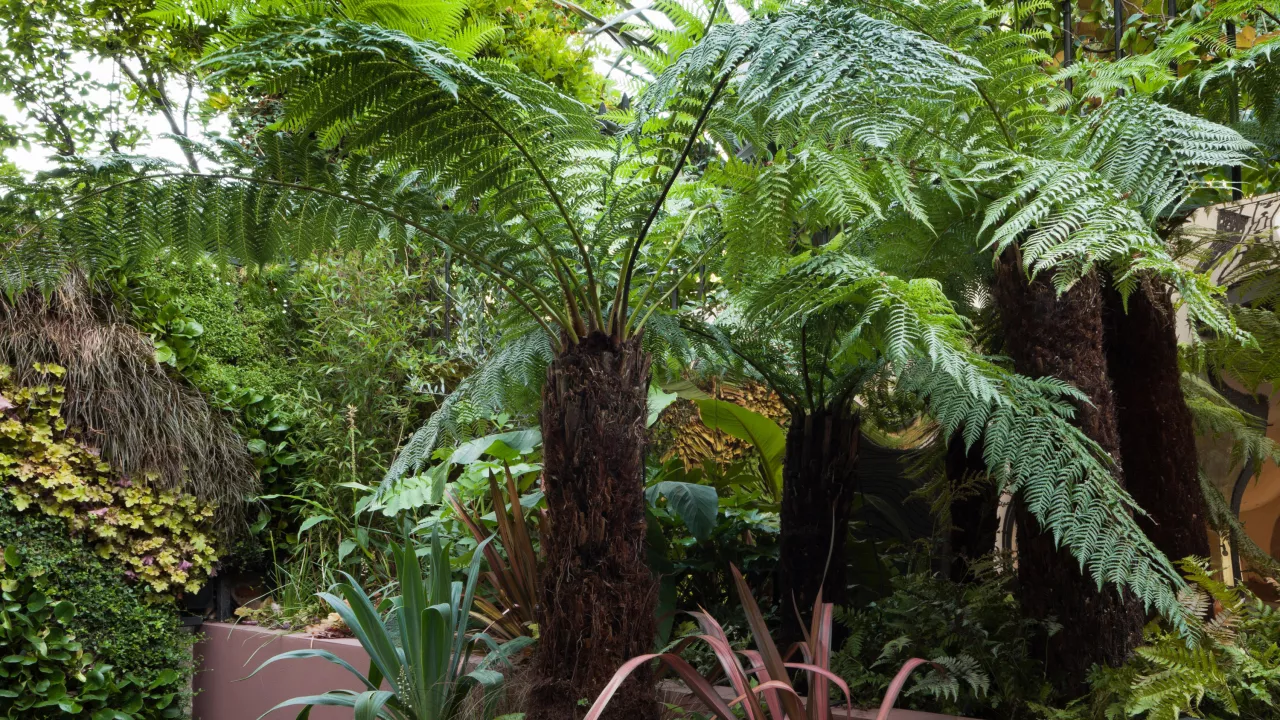Boston fern (Nephrolepis exaltata’Bostoniensis’), often referred to as Sword fern, is derived from all cultivars of N. exaltata, a popular container plant of the Victorian era. It remains one of the most important symbols of this era. Commercial production of Boston fern began in 1914 and contains about 30 species of tropical nephrolepis cultivated as potted or landscaping ferns. Of all the fern specimens, the Boston fern is one of the most famous.
Boston fern are not so difficult to breed. Breeding of Boston fern can be done by using Boston fern sprouts (also known as Boston fern sprouts) or by splitting Boston fern plants. Boston fern sprouts or runners can be isolated from mature parent plants by harvesting rooted sprouts at points of contact with soil. As a result, Boston fern stems from new individual plants.
Historically, early nurseries in Central Florida grew Boston fern in shaded beds overgrown with cypress trees, harvested old Boston fern, and eventually grew new Boston fern. These Boston fern sprouts are harvested and then wrapped in bare-rooted newspapers or placed in pots for shipment to the northern market.
Even today, mother plants are stored in climate- and environmentally controlled nurseries, and Boston pteridophytes (or more recently tissue culture) shoots are used to breed Boston pteridophytes.
Boston fern and Boston fern breeding
When breeding Boston pteridophytes, remove the Boston pteridophytes from the roots of the plants by cutting with a light pick or a sharp knife. The shoot does not need to be rooted as it easily roots at the point of contact with the ground. If you remove it manually, you can immediately plant the offset. However, if the parchment has been cut from the parent plant, leave it for a few days to dry and harden.
Boston fern sprouts should be planted in sterile potting compost in a container with drain holes. Plant Boston fern upright and deep enough to lightly water. Cover the breeding Boston fern with a clear plastic bag and place it in bright indirect light at 60-70 F (16-21 C). When new growth begins to appear on the branches, remove the bag and keep it moist, but do not stick.
Boston fern factory section
Breeding can also be achieved by dividing the Boston fern plant. Dry the fern roots a little first and then remove the Boston fern from the pot. Using a large serrated knife, cut the fern root balls in half, then in four, and finally in eight.
Cut out the [1 “to 2” section and cut out everything except the 1½ to 2 “roots, which are small enough to fit in a 4” or 5 “diameter clay pot. Place the broken pot or stone in the drain and add. A new well-drained fern root drainage solution that covers the center.
If the leaves look a little sick, you can pull them back to reveal the young shoots of fern and Boston fidler. Moisten and keep it moist (put the pot on a rock to absorb the remaining water) and watch the new learn to propagate Boston ferns bloom.
